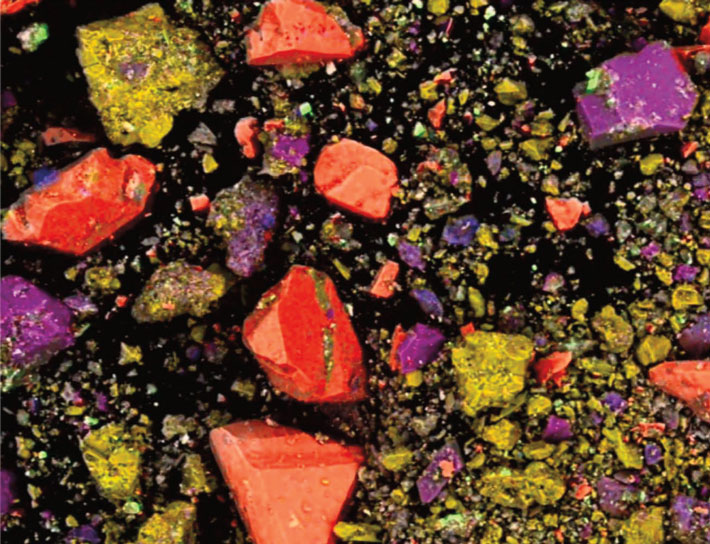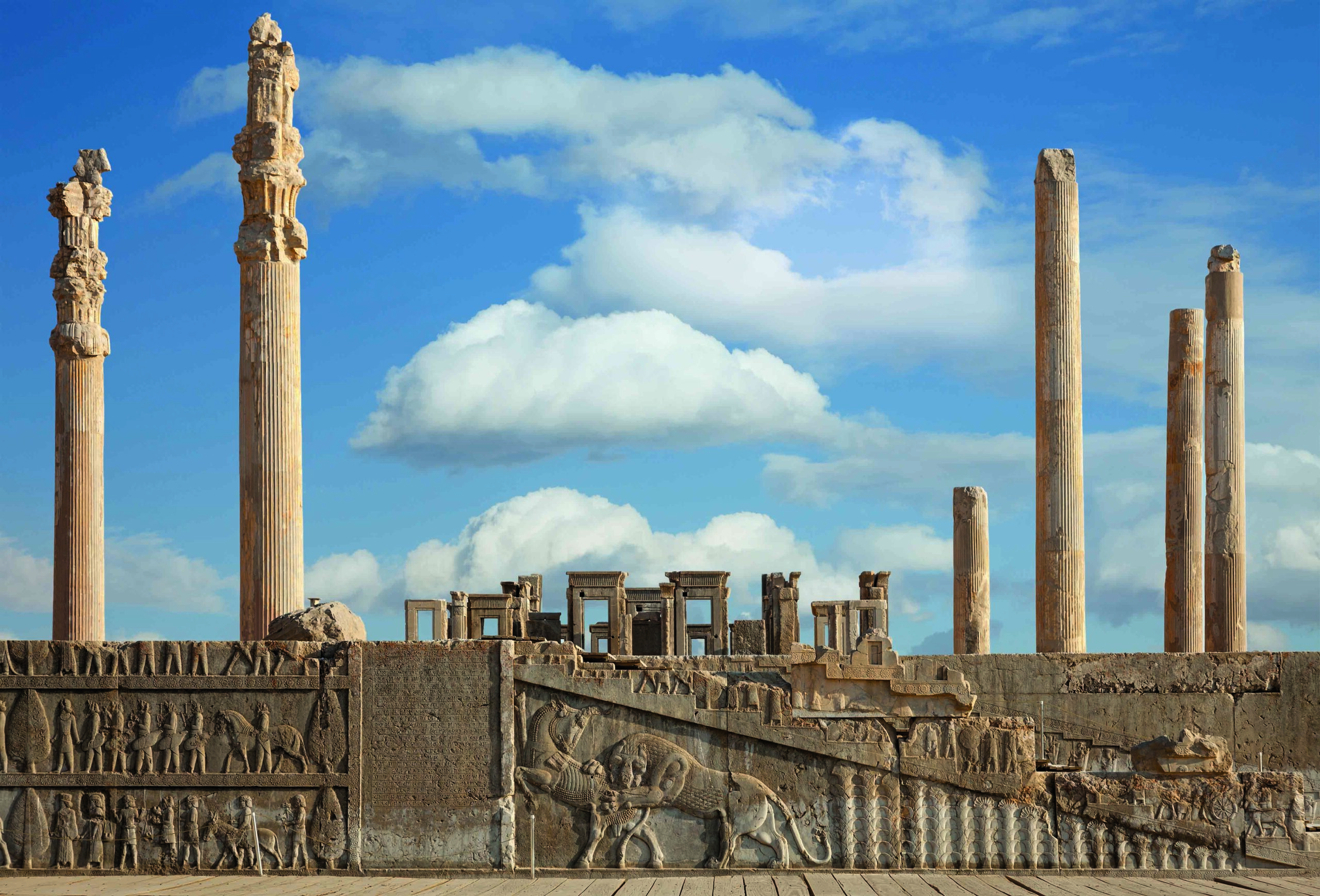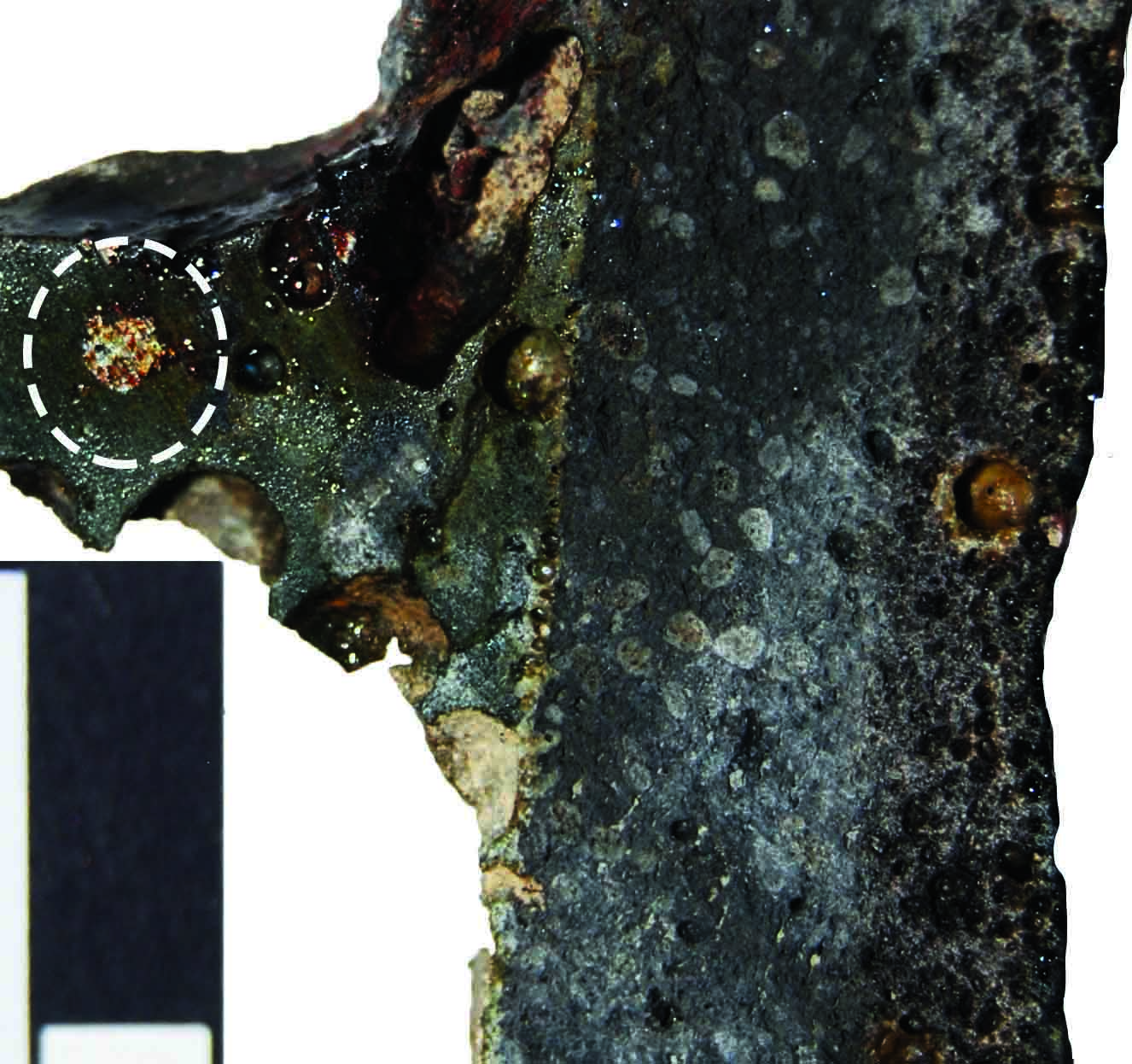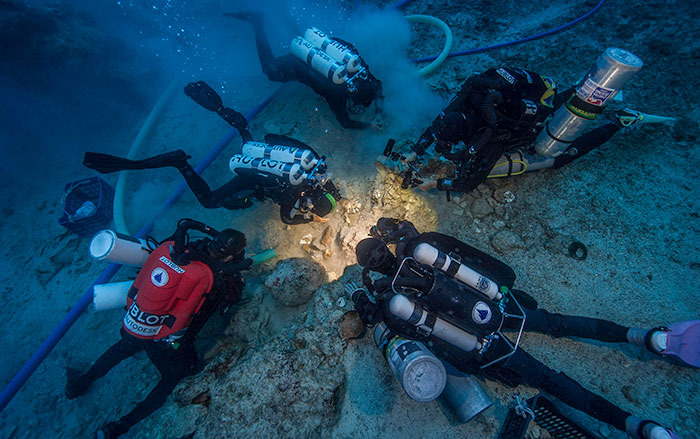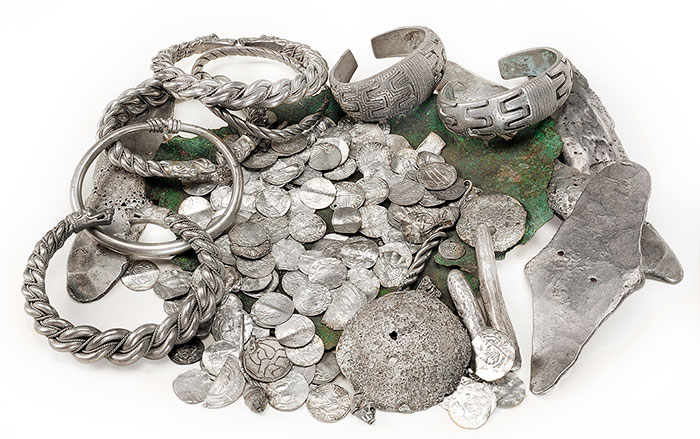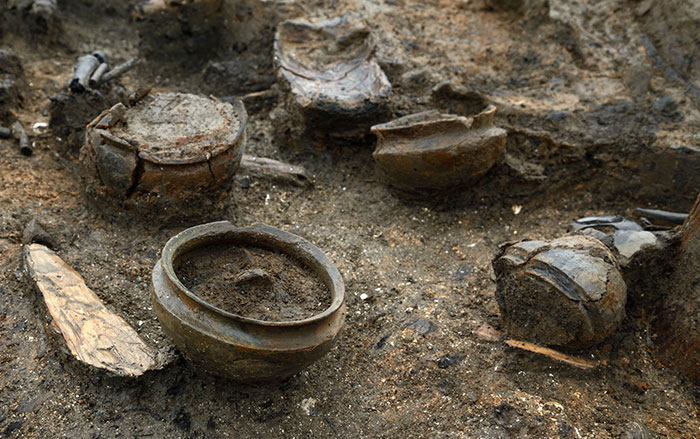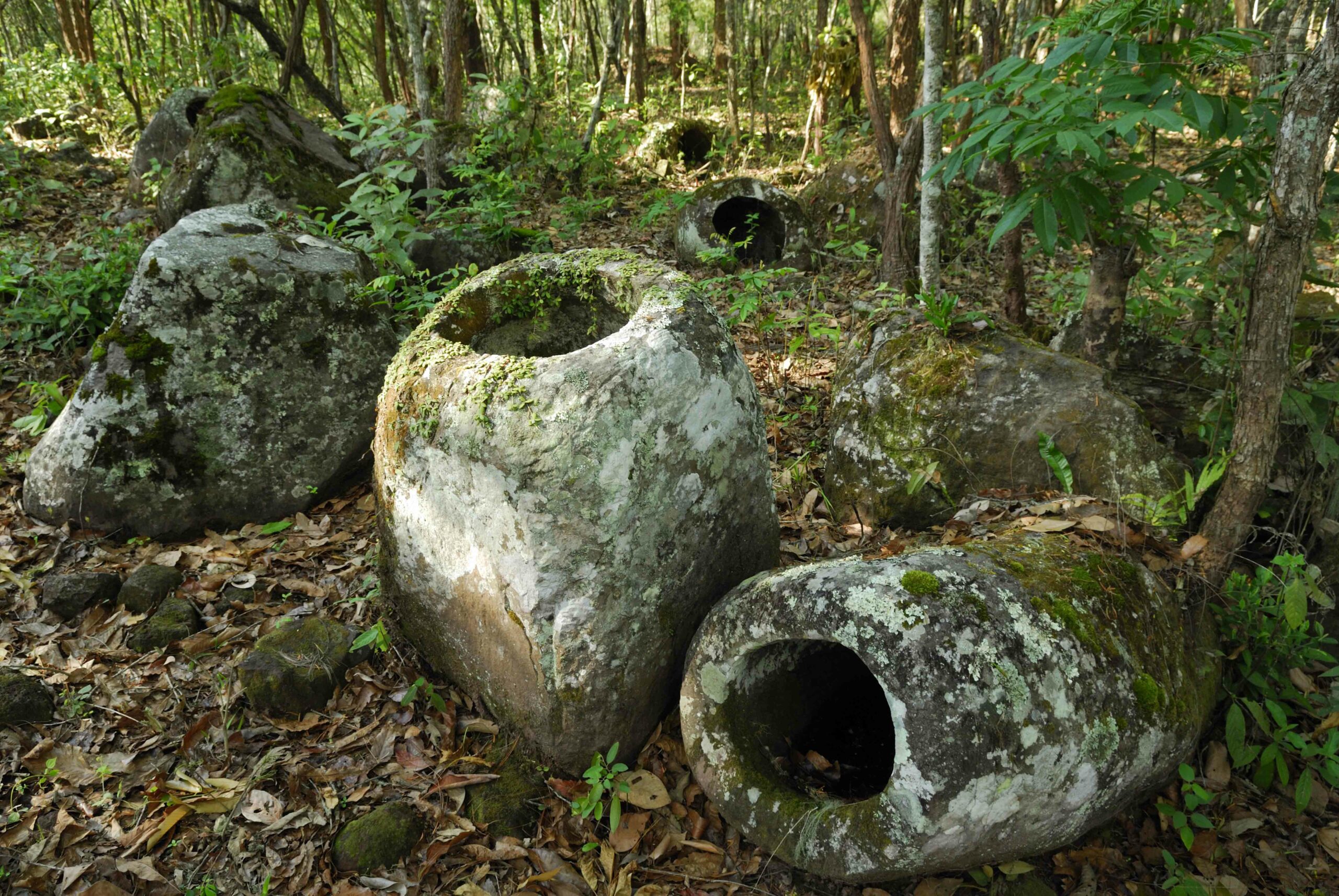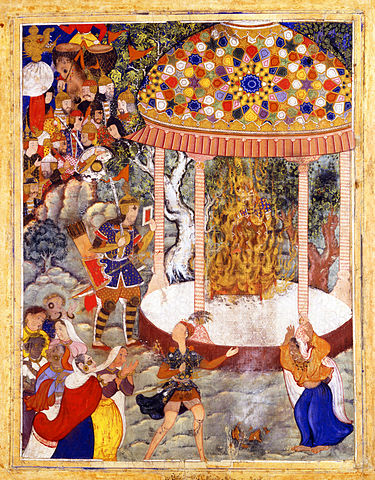
AIX-EN-PROVENCE, FRANCE—Live Science reports that paleoecologist Morteza Djamali of the Mediterranean Institute of Biodiversity and Ecology led a team that carbon dated five fragments of cypress wood recovered from palaces, forts, and Zoroastrian fire temples dating to the Sasanian Empire, which ruled Persia from A.D. 224 to 651. All of the sites are located in Persis, in what is now southwestern Iran. The wood of the evergreen cypress tree was prized across the ancient world for its strength and scent, and was sacred to the Zoroastrians. The test results provided precise dates for the Sasanian structures, and suggest that a Zoroastrian fire temple at the Palace of Sarvistan may have been used for several hundred years after the Muslim conquest. For more, go to “Mesopotamian Accounts Receivable.”


